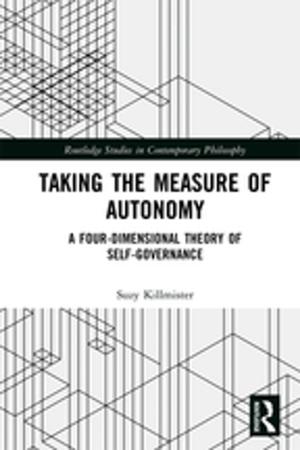The Ten Most Influential Buildings in History
Architecture’s Archetypes
Nonfiction, Art & Architecture, Architecture, Design & Drafting, History| Author: | Simon Unwin | ISBN: | 9781317483243 |
| Publisher: | Taylor and Francis | Publication: | July 7, 2016 |
| Imprint: | Routledge | Language: | English |
| Author: | Simon Unwin |
| ISBN: | 9781317483243 |
| Publisher: | Taylor and Francis |
| Publication: | July 7, 2016 |
| Imprint: | Routledge |
| Language: | English |
Even the most inventive and revolutionary architects of today owe debts to the past, often to the distant past when architecture really was being invented for the first time. Architects depend on their own imaginations for personal insights and originality but their ideas may be stimulated (consciously or subliminally) by particularly powerful buildings from history. *The Ten Most Influential Buildings in History: Architecture’*s Archetypes identifies ten architectural archetypes that have been sources of inspiration for architects through the centuries. Each archetype is analysed through distinctive examples, following the methodology established by the author in his previous books. The variety of 'lines of enquiry’ each archetype has provoked in latter-day architects are then explored by analysing their work to reveal ideas inspired by those earlier buildings. Archetypes have a timeless relevance. In adopting this approach, The Ten Most Influential Buildings in History is as pertinent to contemporary practice as it is to understanding buildings from antiquity, and offers insights into the bridges of influence that can operate between the two.
Even the most inventive and revolutionary architects of today owe debts to the past, often to the distant past when architecture really was being invented for the first time. Architects depend on their own imaginations for personal insights and originality but their ideas may be stimulated (consciously or subliminally) by particularly powerful buildings from history. *The Ten Most Influential Buildings in History: Architecture’*s Archetypes identifies ten architectural archetypes that have been sources of inspiration for architects through the centuries. Each archetype is analysed through distinctive examples, following the methodology established by the author in his previous books. The variety of 'lines of enquiry’ each archetype has provoked in latter-day architects are then explored by analysing their work to reveal ideas inspired by those earlier buildings. Archetypes have a timeless relevance. In adopting this approach, The Ten Most Influential Buildings in History is as pertinent to contemporary practice as it is to understanding buildings from antiquity, and offers insights into the bridges of influence that can operate between the two.















